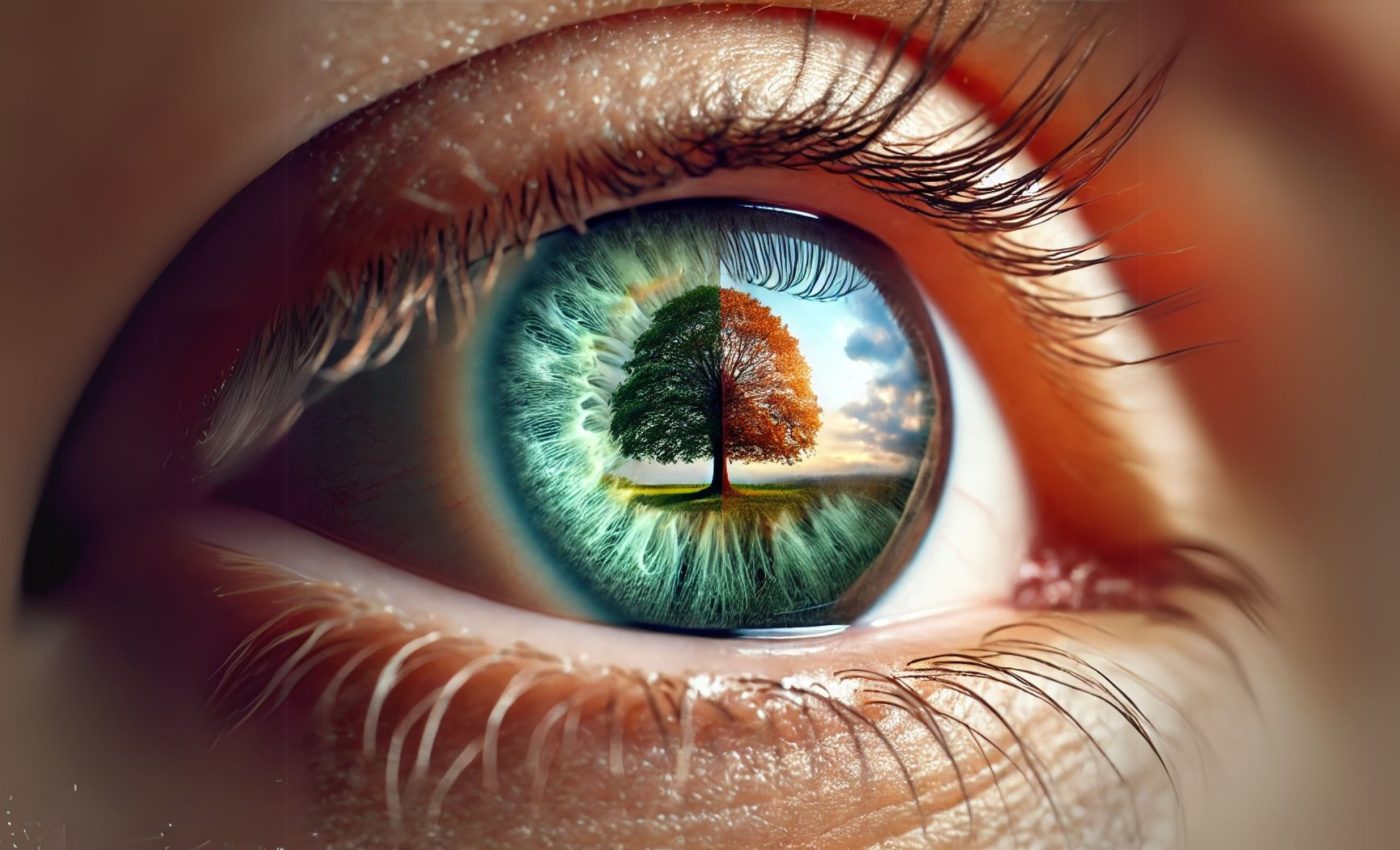
How and why our brains can instantly recognize trees, even in abstract art
Artists have explored tree-like images in art for centuries. Many people see these scenes and instantly recognize them as trees, even when the art is strangely stylized or lacks detail.
A new study suggests that the ability to spot trees in art may hinge on a simple quantity related to how branch thickness scales across different sizes.
The research was conducted by Jingyi Gao, currently at the University of Wisconsin, and Mitchell Newberry, an assistant professor at the University of New Mexico.
How tree proportions trick your brain
Trees appear in many cultural depictions, yet the features that trigger our brains to recognize them are not always obvious. Some artwork has curvy shapes, while others show bold, blocky forms that look nothing like leaves or bark.
The new research shows that one hidden pattern stands out. When smaller branches maintain a certain relationship to their parent branches, viewers see a tree right away.
By keeping the ratio between small and large branch diameters consistent, artists preserve an essential quality that suggests tree-like growth.
Recognizable trees in art
A fractal is a shape that repeats itself on different scales. These patterns appear in snowflakes, clouds, and real tree branches. They can also show up in hand-carved shapes or painted lines, as long as the size pattern remains similar across large and small areas.
In this study, the researchers explored whether fractals could explain why certain artworks display recognizable trees. They focused on a “branch diameter scaling exponent,” which acts like the fractal dimension for tree branches.
“There are some characteristics of the art that feel like they’re aesthetic or subjective, but we can use math to describe it,” said Gao, the lead author of the study.
Math behind tree-like shapes
Branch diameter scaling resembles the standard Pythagorean theorem, which often shows up in middle school geometry.
By squaring the diameters of child branches and relating them to the parent branch, the researchers identified a numerical factor that separates a tree-like feel from other forms.
This number can vary from about 1.5 to 3 for real trees in nature. Artists, whether knowingly or not, often work near that range.
Art from different eras
The team analyzed carvings from the Sidi Saiyyed Mosque in India, a Japanese painting from the 1700s, and early 1900s Dutch abstract art. Each of these cultural pieces showed a similar balancing act in how thick the branches were compared to their bigger trunks.
Even when lines were curved like snakes or reduced to bold strokes on a gray background, observers still saw a tree if the diameter scaling stayed in that “sweet spot.”
“It’s at the core of a lot of different depictions of trees, even if they’re in different styles and different cultures or centuries,” said Newberry, senior author of the study.
Unexpected discoveries
In some surprising cases, an art piece that looked more realistic had a slightly off scaling exponent, while a more stylized carving had a value closer to real-life trees. This hints that realism is not the only requirement for a convincing tree image.
A highly abstract example from Piet Mondrian’s series offers a glimpse at this idea. Even with just a few black lines and no obvious leaves, one painting has a scaling exponent that lands in the natural range.
When Mondrian removed that scaling in a later piece, people began interpreting the lines in all sorts of other ways.
Math and art connect in tree images
The study stems from a background of interdisciplinary thinking. Mathematics can unite seemingly separate fields, especially when it comes to repeated patterns found in biology and art.
This project also highlights how looking at a painting can reveal deeper truths about nature. The researchers combined artistic analysis with core geometry to capture a consistent formula.
By tapping into fractals, the experts unlocked a new way of explaining how we recognize tree shapes.
Blending science and creativity
The research might also spark fresh discussions about the blending of science and creativity. The study focuses on the idea that something as subjective as art appreciation might have a quantitative backbone.
Scientists continue to investigate whether our brains latch onto these branching proportions from an evolutionary standpoint, given our familiarity with natural trees that grew around us for thousands of years.
The visual pull of art might be less mysterious than previously believed. It could boil down to numbers that we subconsciously pick up whenever we spot repeating forms. The same principle might extend to different styles of illustration or design, from digital graphics to architecture.
The study is published in PNAS Nexus.
—–
Like what you read? Subscribe to our newsletter for engaging articles, exclusive content, and the latest updates.
Check us out on EarthSnap, a free app brought to you by Eric Ralls and Earth.com.
—–













